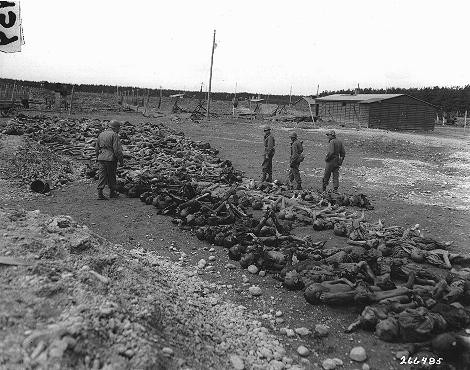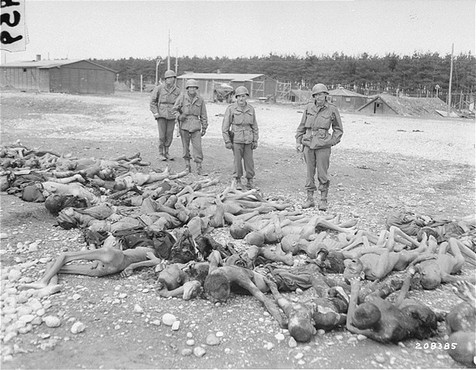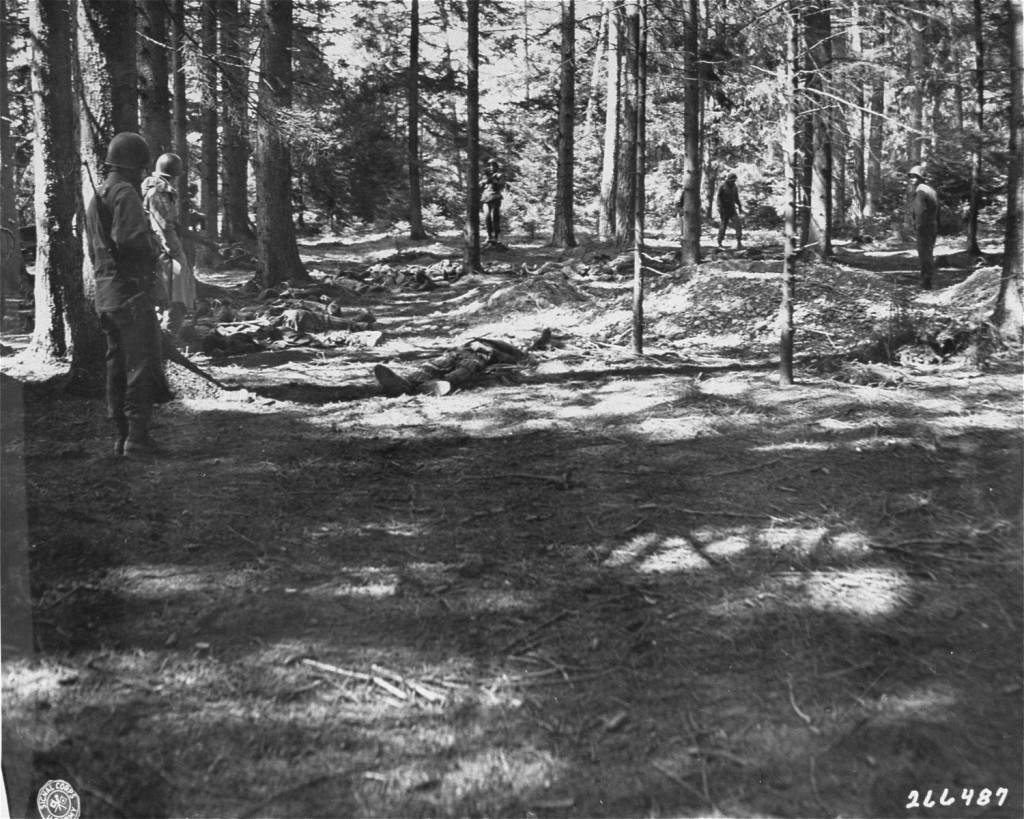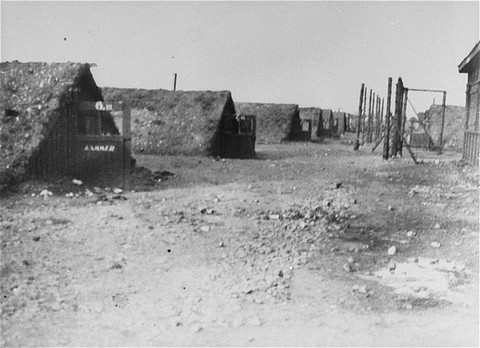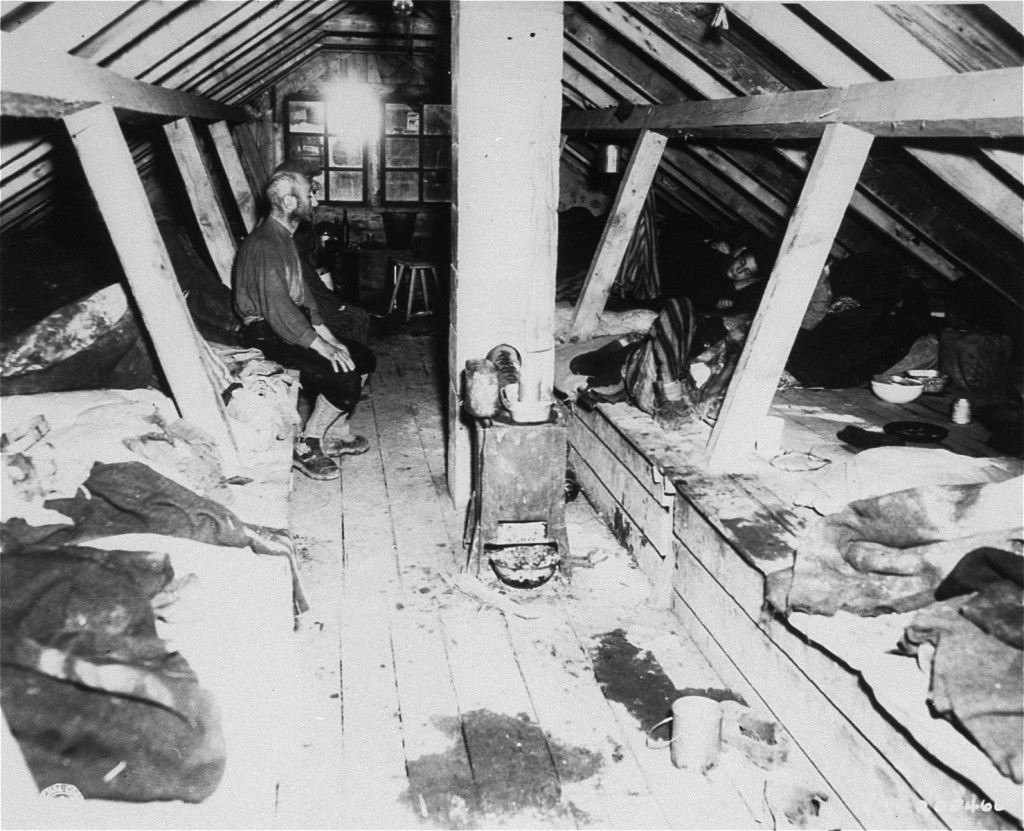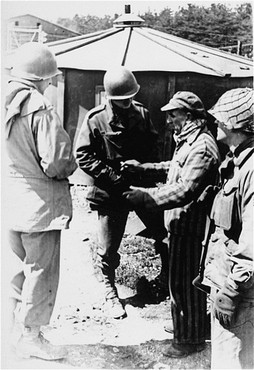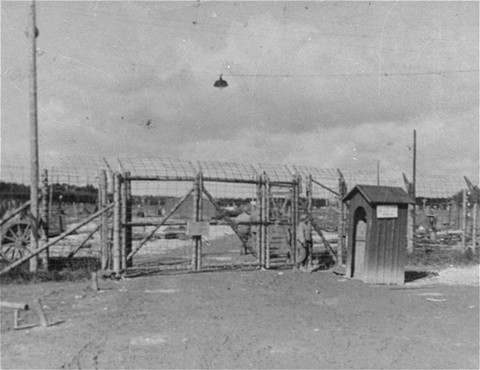
Kaufering
Between 1933 and 1945, Nazi Germany and its allies established more than 44,000 camps and other incarceration sites (including ghettos). The perpetrators used these locations for a range of purposes, including forced labor, detention of people deemed to be "enemies of the state," and mass murder. Millions of people suffered and died or were killed. Among these sites was Kaufering.
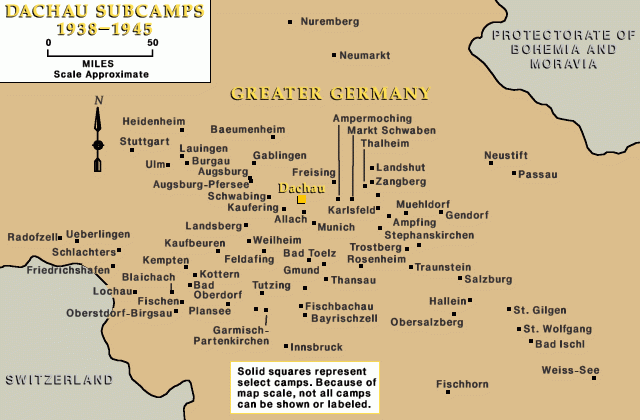
Kaufering was a subcamp of the Dachau concentration camp.
Armaments Production
With the intensification of the Allied air war against German industrial and military enterprises after 1943, the German Armaments Ministry and the SS agreed to accelerate construction of massive underground factories. For this they used large numbers of conscripted laborers and concentration camp prisoners. Hundreds of satellite camps attached to major concentration camps were established throughout the German Reich in 1944 and 1945. Inmates were forced to hollow out the sides of mountains or caves for immense systems of tunnels and factories that would be secure from Allied bombs. Those who survived these tasks were often used to build new weaponry, such as the Messerschmitt 262 (ME-262) jet-fighter or V-2 rockets.
In Bavaria, two major camp systems, Mühldorf and Kaufering, were set up as subcamps of the Dachau concentration camp. Its inmates provided the labor necessary to build subterranean facilities for fighter aircraft production in the Landsberg area. The region was chosen in part because of its favorable geological composition for the construction of huge underground installations, which were to be insulated by 9 to 15 feet thick concrete walls.
Conditions
To house the concentration camp prisoners, the SS created camps near the proposed industrial sites. At the Kaufering and Mühldorf camps, prisoners often slept in poorly heated and badly provisioned earthen huts, which were partially submerged in the soil and covered with earth to disguise them from the air. The larger of Kaufering's 11 camps each contained several thousand prisoners, the vast majority of whom were Jews. Disease, malnutrition, and the brutal conditions in the workplace and in the camps took its toll on the inmates, resulting in a high mortality rate.
As US armed forces approached the Kaufering complex in late April 1945, the SS began evacuating the camps, sending the prisoners on death marches in the direction of Dachau. Those inmates who could not keep up were often shot or beaten to death by the guards. At Kaufering IV, the SS set fire to the barracks killing hundreds of prisoners who were too ill or weak to move.
When the 12th Armored Division and 101st Airborne Division arrived at Kaufering IV on April 27 and 28, respectively, the soldiers discovered some 500 dead inmates. In the days that followed, the US Army units ordered the local townspeople to bury the dead.
Critical Thinking Questions
- To what degree was the local population aware of this camp, its purpose, and the conditions within? How would you begin to research this question?
- Did the outside world have any knowledge about these camps? If so, what, if any, actions were taken by other governments and their officials?
- What choices do countries have to prevent, mediate, or end the mistreatment of imprisoned civilians in other nations?


